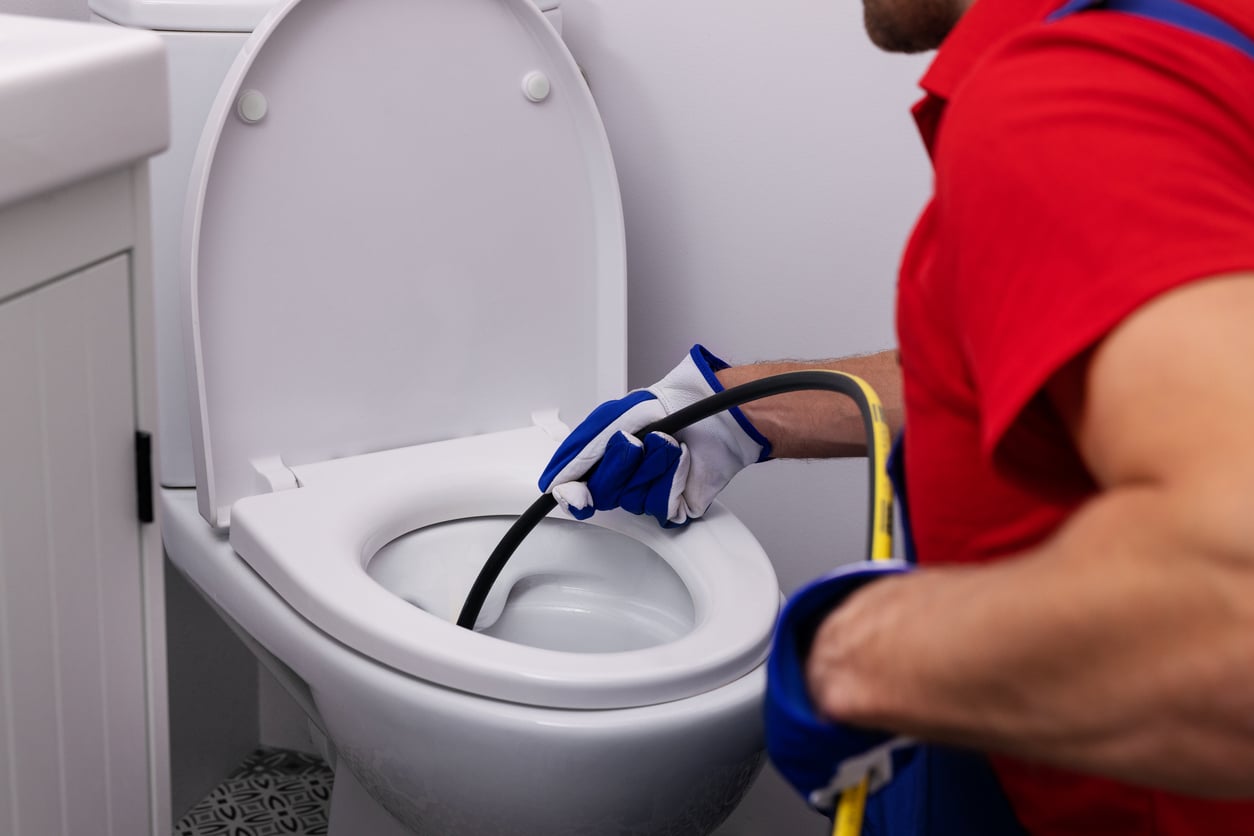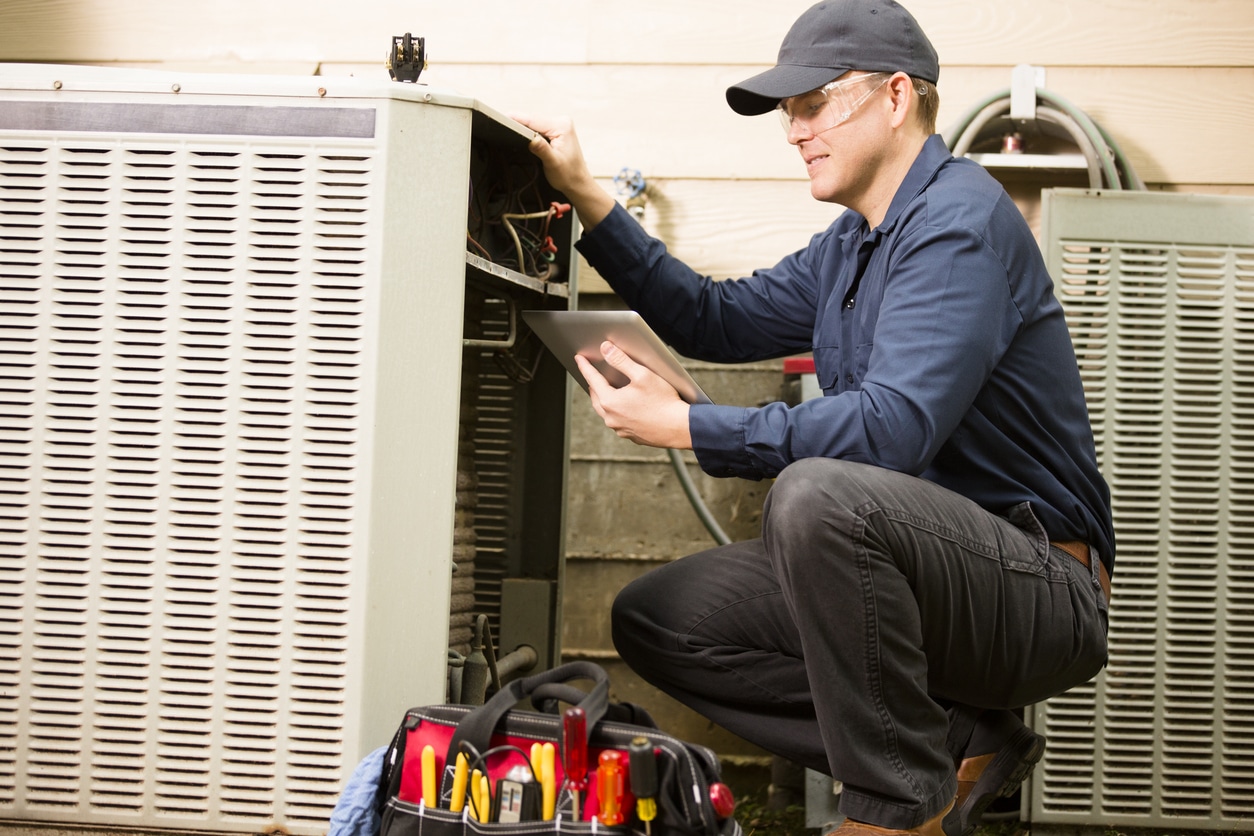As the temperatures drop, the last thing you want is a malfunctioning furnace disrupting your home’s comfort. Whether you’re dealing with a lack of heat, strange noises, or other issues, understanding common furnace problems and their quick fixes can help you address minor issues promptly.In this guide, we’ll go over some typical furnace troubles and offer simple DIY solutions. We’ll also discuss how to recognize when professional intervention is necessary for a safely and efficiently operating furnace. At Reliability Home Services, we provide expert heating services in Dundalk to keep your home warm and comfortable throughout the cold season. Let’s explore some quick fixes for furnace problems and find out when to call the pros.
Common Furnace Issues & Quick Fixes
Lack of Heat
If your furnace isn’t producing heat, start by checking that the thermostat is set to ‘heat’ and the temperature is set higher than the current room temperature. Sometimes, replacing the thermostat batteries can resolve the issue. Also, look at the air filter since a clogged filter can restrict airflow and reduce heating efficiency. If the filter is dirty, replacing it may restore the heat. Finally, examine the circuit breaker in your home’s electrical panel to verify that the furnace’s breaker is in the ‘on’ position. Resetting the breaker might be necessary to get your furnace running again.Strange Noises
Strange noises coming from your furnace can indicate different issues. Rattling sounds often result from loose panels, which can be fixed by tightening any loose screws or panels on the furnace. Squealing or whistling noises usually point to problems with the blower motor or belt. In this case, check for loose or worn belts and replace them if necessary. Banging or popping sounds can be caused by expanding and contracting ductwork, so check that the ducts are properly secured and consider adding insulation to reduce the noise.Frequent Cycling
If your furnace cycles on and off frequently, start by checking the placement of your thermostat. A thermostat near a heat source or draft can cause the furnace to cycle often, so relocating the thermostat may be necessary. Additionally, inspect the air filter, as a dirty filter can cause the furnace to overheat and shut off. Regularly replacing the filter helps maintain proper airflow and prevents recurrent cycling. Lastly, examine the blower motor to confirm it is clean and functioning correctly. Dust and debris are common causes of overheated and failed components.When DIY Fixes Aren’t Enough
While some furnace issues can be resolved with simple DIY fixes, certain problems require the expertise of a professional. One big reason is safety; whether you’re using electric or gas heat, there is a high potential for deadly consequences. Another big reason, though, is time; professionals are much quicker at always diagnosing and repairing these issues.Ignition or Pilot Light Issues
Ignition problems or issues with the pilot light are common in older furnaces and can prevent your system from producing heat. If your pilot light won’t stay lit or the electronic ignition is malfunctioning, it’s time to call a professional. These issues can stem from faulty thermocouples, dirty burners, or gas supply problems, all requiring expert handling to fix safely.Thermostat Problems
If you’ve checked your thermostat settings and replaced the batteries but are still experiencing issues such as incorrect temperature readings or an unresponsive furnace, you might have a more complex problem.Wiring issues, calibration problems, or outdated thermostats can all cause these issues. A professional technician can accurately diagnose and fix the problem, ensuring your thermostat works correctly and your home remains comfortable.Blower Motor Malfunctions
The blower motor is crucial for circulating warm air throughout your home. If it’s malfunctioning, you might hear unusual noises or the furnace might fail to blow warm air. Common signs of blower motor issues include humming, rattling, or squealing noises.While you can perform basic checks like confirming that the motor is clean, more severe problems like worn bearings or electrical issues require professional intervention to prevent further damage and achieve efficient operation.Importance of Professional Furnace Repairs
Neglecting furnace issues or relying solely on DIY fixes can lead to more significant problems and potential safety hazards. Professional furnace repairs are crucial for several reasons. Professionals have the expertise to accurately diagnose the root cause of the problem and fix it correctly the first time. This prevents recurring issues and extends the lifespan of your furnace. Not only that, but professional repairs can improve your system’s efficiency, leading to lower energy bills and a more comfortable home environment. Finally, safety is paramount. Furnaces involve complex components, high voltage, and often gas lines, which can be dangerous if mishandled. Professional technicians perform all repairs safely, protecting your home and family.Preventive Maintenance Tips for Your Furnace
- Have a professional inspect your furnace annually before the heating season begins.
- Check and replace your furnace filters every 1-3 months to maintain proper airflow and efficiency.
- Keep the area around your furnace clean and debris-free to prevent obstructions and reduce fire hazards.
- Be sure all vents and ducts are clean and unobstructed to allow for proper airflow and efficient heating.
- Periodically test your thermostat to ensure it’s working correctly and accurately reflecting the temperature in your home.
- Pay attention to any unusual sounds from your furnace, as these can be early indicators of a problem needing professional attention.
- For furnaces with a pilot light, look for a blue flame burning steadily. If the flame is blue & yellow, primarily yellow, or flickering, it could indicate an issue that needs addressing.











